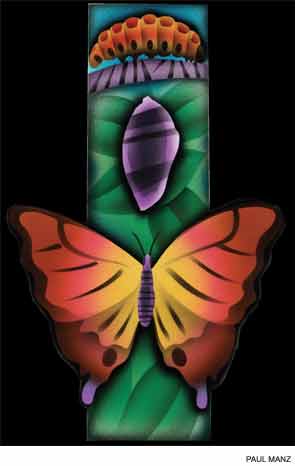
Although pediatric rheumatologists care for disease entities distinct from those seen by adult rheumatologists, childhood-onset systemic lupus erythematosus (cSLE) and adult-onset SLE (aSLE) are fundamentally the same disease along a continuum. Important differences exist in disease manifestations, severity, and management that require consideration of the unique issues of the child and adolescent with chronic disease. SLE in childhood or adolescence accounts for 15% to 20% of all cases of SLE, with an approximate prevalence just below 1 per 10,000 children in the U.S.
The ACR classification criteria for SLE are used to classify patients with cSLE much as they are for aSLE, with one validation study demonstrating 96% sensitivity and 100% specificity in cSLE.1 The recently published Systemic Lupus International Collaborating Clinics (SLICC) classification criteria appear useful for cSLE, although they await systematic evaluation.2
Disease Characteristics
The distribution of cSLE is skewed towards non-Caucasian ethnicities. Recent analysis of the prevalence of SLE and lupus nephritis (LN) among children in the U.S. Medicaid beneficiary population noted the greatest incidence of disease in Asian, African-American, Native American, and Hispanic children.3 Further, LN had the highest prevalence in Asian children, and lowest in white children, though there are possible biases when analyzing this database.3
Among the cohort in Canada’s “1,000 Faces of Lupus” study—which included almost 1,700 aSLE and cSLE patients—48% of all Asian patients had childhood onset, compared with only 14% of white patients with SLE. In addition to greater prevalence in nonwhite ethnicities, my colleagues and I have observed greater disease severity in these patient groups. Analysis of patients with cSLE in the Canadian cohort found that Aboriginal Canadians, Asians, and blacks more frequently developed moderate-to-severe disease (with LN and significant cytopenias), while white patients experienced mild or moderate disease (with predominantly mucocutaneous features and arthritis).4
More than ethnicity, genotype likely influences age of onset, ultimate disease burden, and phenotype. Large, genetic cohort studies comparing cSLE and aSLE are underway that may help to elucidate some of these differences. In Canada, disease severity may be less impacted by access-to-care issues because there is a nationwide program of universal healthcare coverage.
Disease activity at presentation and during the disease course is greater for cSLE compared with aSLE. For example, one study observed mean SLE Disease Activity Index (SLEDAI) scores at diagnosis of 16.8 ± 10.1 in cSLE versus 9.3 ± 7.6 in aSLE (P<0.0001).5 Not surprisingly, greater disease activity leads to more significant and earlier damage (such as cataracts, avascular necrosis, or persistent cognitive dysfunction) in cSLE.


